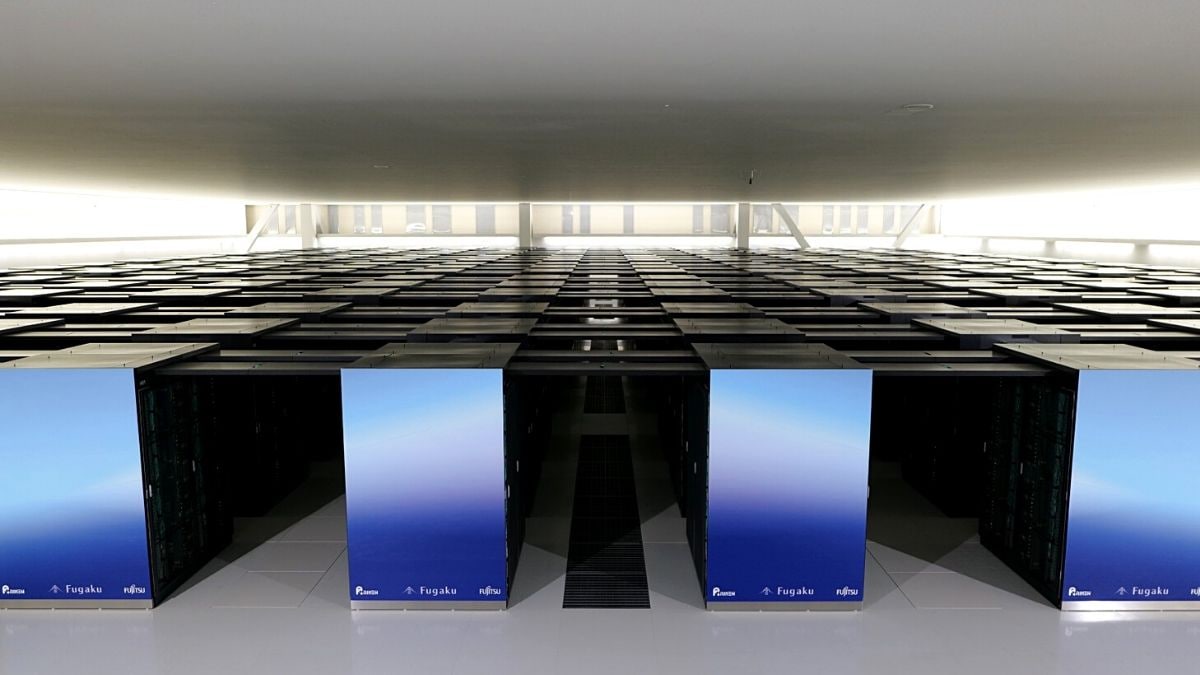New Delhi (Tisha Bhatia) : Fugaku, the world’s fastest supercomputer is using its exceptional technology to identify potential treatments for coronavirus. Japan has made it to the top position on the TOP500 site with its supercomputer, which tracks the evolution of computer processing power. The position was dominated by the US and China, since 2011.
Fugaku can perform over 415 quadrillion computations in a second, which is 2.8 times faster than the Summit system developed by the Oak Ridge National Laboratory in America. The supercomputer was developed over the past six years by the Japanese technology giant Fujitsu and Riken. Fugaku includes 150,000 high-performance processing units and can test thousands of substances a week.
The supercomputer is 1,000 times faster than a regular computer and can be used to analyse nuclear explosions, perform virtual weapons testing and model climate systems. In Japan, Fugaku is said to display the impact of an earthquake and tsunami, and map out escape routes.
The supercomputer is 1,000 times faster than a regular computer and can be used to analyse nuclear explosions, perform virtual weapons testing and model climate systems. In Japan, Fugaku is said to display the impact of an earthquake and tsunami, and map out escape routes.
While it is expected to be fully operational next year, experts are hoping the 130 billion yen ($1.2 bn) supercomputer will help identify treatments for Coronavirus from nearly 2,000 existing drugs, including those that have not reached the clinical trial stage. It has already analysed on how respiratory droplets spread in office spaces and on packed trains when the carriage windows are open.
While it is expected to be fully operational next year, experts are hoping the 130 billion yen ($1.2 bn) supercomputer will help identify treatments for Coronavirus from nearly 2,000 existing drugs, including those that have not reached the clinical trial stage. It has already analysed on how respiratory droplets spread in office spaces and on packed trains when the carriage windows are open.




